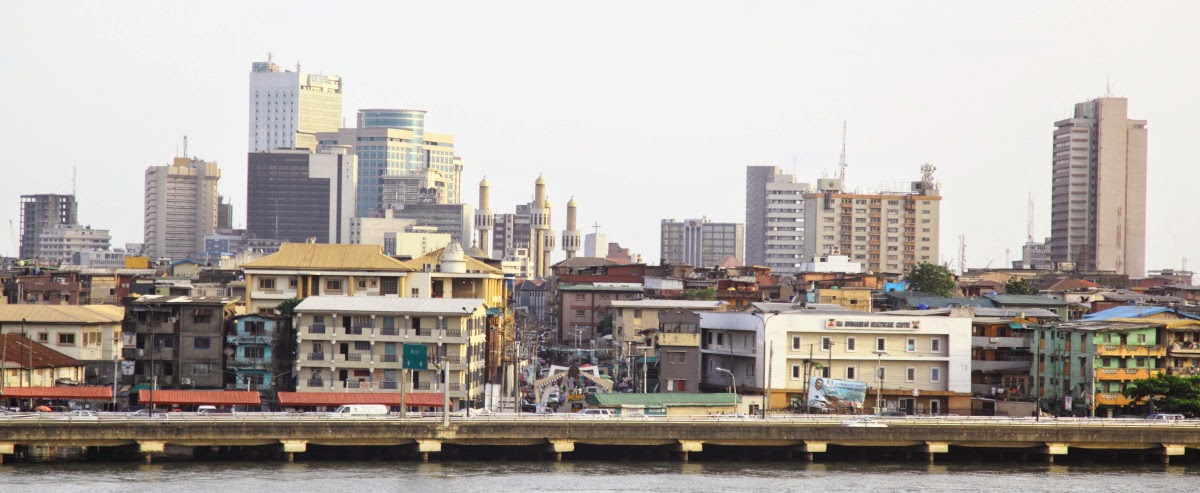 |
| Lagos Island, the old business center |
Back to the 70's
what is striking about Lagos Island is the amount of ageing concrete buildings worn out by the heat, the salt and the humidity. It was probably at its peak in the late 60s or 70s.
The streets are generally one-way and narrow, full of bustle and traffic during the day. Life is everywhere on the street, even late at night. Government offices are still partly there. The Central Bank building towers it.
Lagos Island is actually the link between Mainland, Ikoyi and Victoria Island.
Freedom park, the old prison
The old prison was turned into an event space called "freedom park" accessed from prison street. This is a popular hangout place for middle-class Nigerians and foreigners. It is hosting a monthly edition of Afropolitan Vibes, an evening when local bands come and play.
This year, it hosted the Lagos Jazz Festival, which is displaying local bands playing all sorts of music with a possible jazzy twist to it.
The heart of the city
 |
| wood and corrugated iron versus concrete |
When driving from the mainland, the modest skyline appears magically about the water of the lagoon. It comes as a stark contrast to the wooden huts that have grown on the water edge and which host wood workshops.
Timber is indeed carried over here by water way. Trunks are assembled in rafts which are filling up a large part of the lagoon and on which locals are walking. This is a convenient storage place.
 |
| floating timber |
Comments
Post a Comment